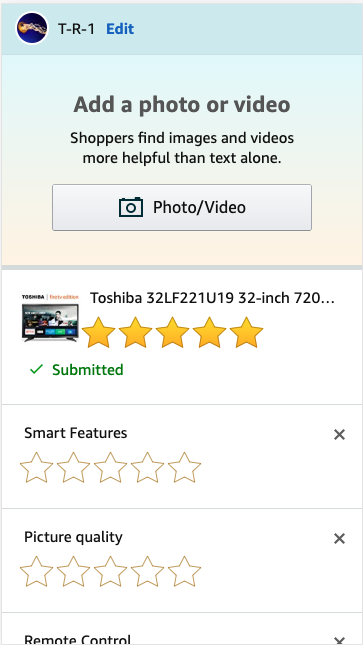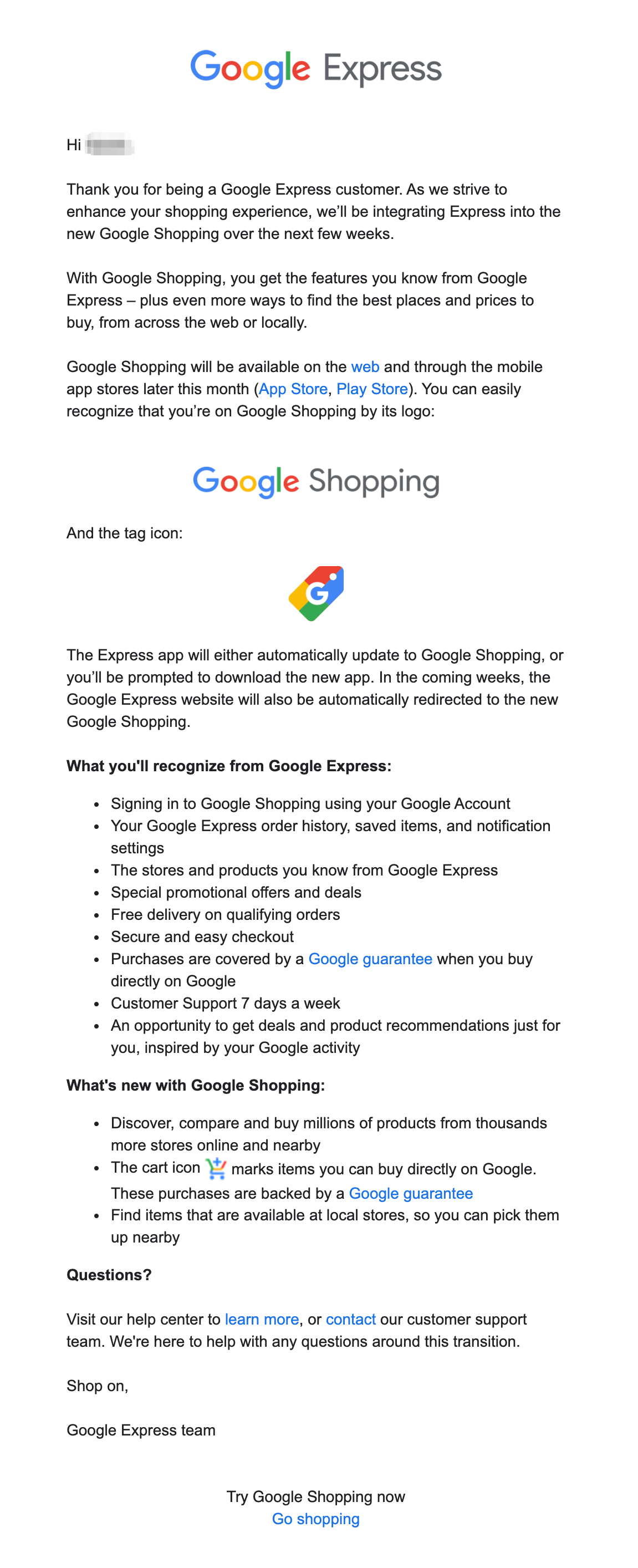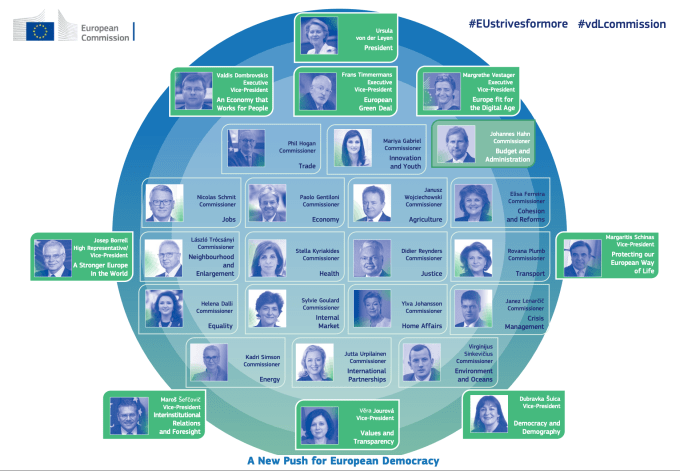
Image Credit: Sangudo
Let’s face it: Amazon is a very big company and they have done a lot of different things very well. However, it turns out that they may not yet be able to do everything perfectly. One area where the Amazon product managers are still struggling is in Europe. Specifically, when it comes to selling both apparel and footwear they have not yet quite figured out what Europeans really want. What can the Amazon product managers do to fix this problem?
The Problem With Europe
You might be thinking to yourself, why should Amazon worry about Europe? I mean, Amazon has pretty much taken over the U.S. and so they should be happy, right? Well Amazon first went over to Europe twenty years ago and it has been a challenge ever since. Amazon’s goal with Europe is that they’d like to be able to find a way to reproduce the same success that they’ve had in the U.S. over there.
So what’s the problem that Amazon has run into in Europe? Well, as with all such things, it’s not just one problem but rather multiple problems. The first problem that they have is the simple fact that Amazon does not currently carry the top fashion brands in their store. This means that the products that fashion customers want to buy are not at Amazon. The Amazon website is not set up to allow customers to visit it and then go browsing for clothes. It does a great job of selling books, just not shoes. Finally, the European fashion market is a fragmented market with a lot of different smaller players. These players have been at it for a while and they are all more than ready to do battle with Amazon for customers. Clearly the Amazon product managers are going to have to make some changes to their product development definition.
Amazon is clearly doing just fine in the U.S. Amazon is the largest online retailer in the U.S. with 50% of all online sales. Amazon is also the #1 seller of apparel and footwear in the U.S. All of this would look good on someone’s product manager resume. However, in Western Europe although Amazon is the largest online retailer they only have 22% of the market. When it comes to the apparel and footwear market this drops to just 8%. Clearly the Amazon product managers have a real problem on their hands when it comes to Europe.
How Amazon Wants To Fix Its Europe Problem
The product managers at Amazon understand that they have a problem when it comes to fashion and Europe. They are starting to take the steps that they hope will improve their situation. One thing that they plan on doing is improving their selection. They are also working with their U.S. merchants to get them to ship to customers in Europe. Additionally, Amazon has launched three of its own clothing brands in Europe. The goal of Amazon has always been to try to provide their customers with the largest selection of products to choose from.
This all leads to the ultimate question: how is Amazon doing in Europe? The answer is a bit murky because Amazon does not provide financial details on it’s European operations. However, the best guess is that last year Amazon saw it’s overall international business increase by 23% to roughly US$54.3B. At the same time, it reported an operating loss of $3.06B.
If Amazon’s product managers want to be successful in Europe, they are going to have to come up with ways to deal with their European competition. The way that European competitors have been able to stay one step ahead of Amazon has been by adding more and more fashion brands to their offerings. The way that they have been able to accomplish this is by providing the brands that they carry with more data on the shoppers who use their site. These sites give their fashion brands access to data on what shoppers are buying. This is the type of information that Amazon generally does not hand out to their merchants.
What All Of This Means For You
In the U.S. Amazon has seemed to be almost unstoppable. As they continue to grow, they expand into new markets and seem to almost take them over very quickly. However, the case is not the same in Europe. In Europe the Amazon product managers are struggling to be successful in the apparel and footwear segments. Clearly the Amazon product managers are going to have to take a look at their product manager job description and make some changes if they want to be successful in European fashion.
Amazon has been operating in Europe for over twenty years. Their goal is to make their European operations be as successful as their U.S. operations have become. Amazon has run into problems trying to sell fashion in Europe for three reasons: they don’t carry the top fashion brands, their website is not set up to allow browsing of fashion items, and the competition is not ready to roll over and play dead for Amazon. Amazon’s European market dominance is not nearly the same as their success in the U.S. Amazon is starting to try to turn things around. They are trying to get U.S. manufactures to start to ship to Europe and they have introduced three new fashion lines in Europe. Amazon’s European competition has been staying ahead by adding fashion brands and sharing sales data with the manufactures.
Amazon is a very big and very successful company. You would think that their product managers will eventually be successful selling fashion in Europe. However, the fashion market is notorious for being a difficult market to be successful in. The Amazon product managers have learned that what they are currently doing is not working and so they are going to have to change things. We’ll have to sit back and see if they can discover the secret to becoming fashionable in Europe…
– Dr. Jim Anderson
Blue Elephant Consulting –
Your Source For Real World Product Management Skills
Question For You: How do you think that Amazon could convince more fashion lines to sell through the Amazon web site?
![]() Click here to get automatic updates when
Click here to get automatic updates when
The Accidental Product Manager Blog is updated.
P.S.: Free subscriptions to The Accidental Product Manager Newsletter are now available. It’s your product – it’s your career. Subscribe now: Click Here!
What We’ll Be Talking About Next Time
The post Why Don’t Amazon’s Product Managers Understand Europe? appeared first on The Accidental Product Manager.




